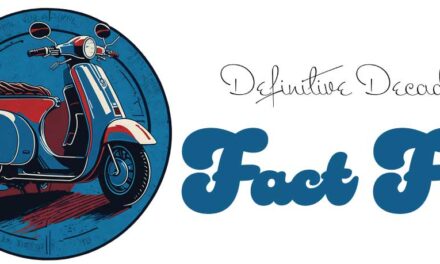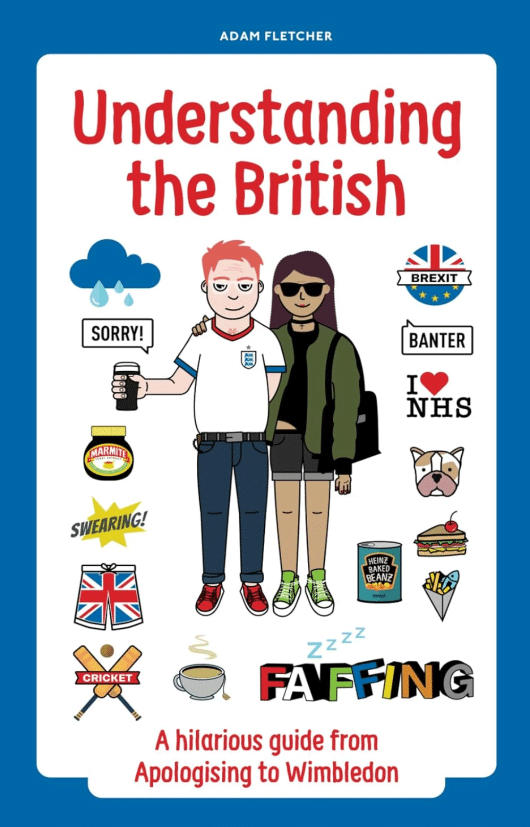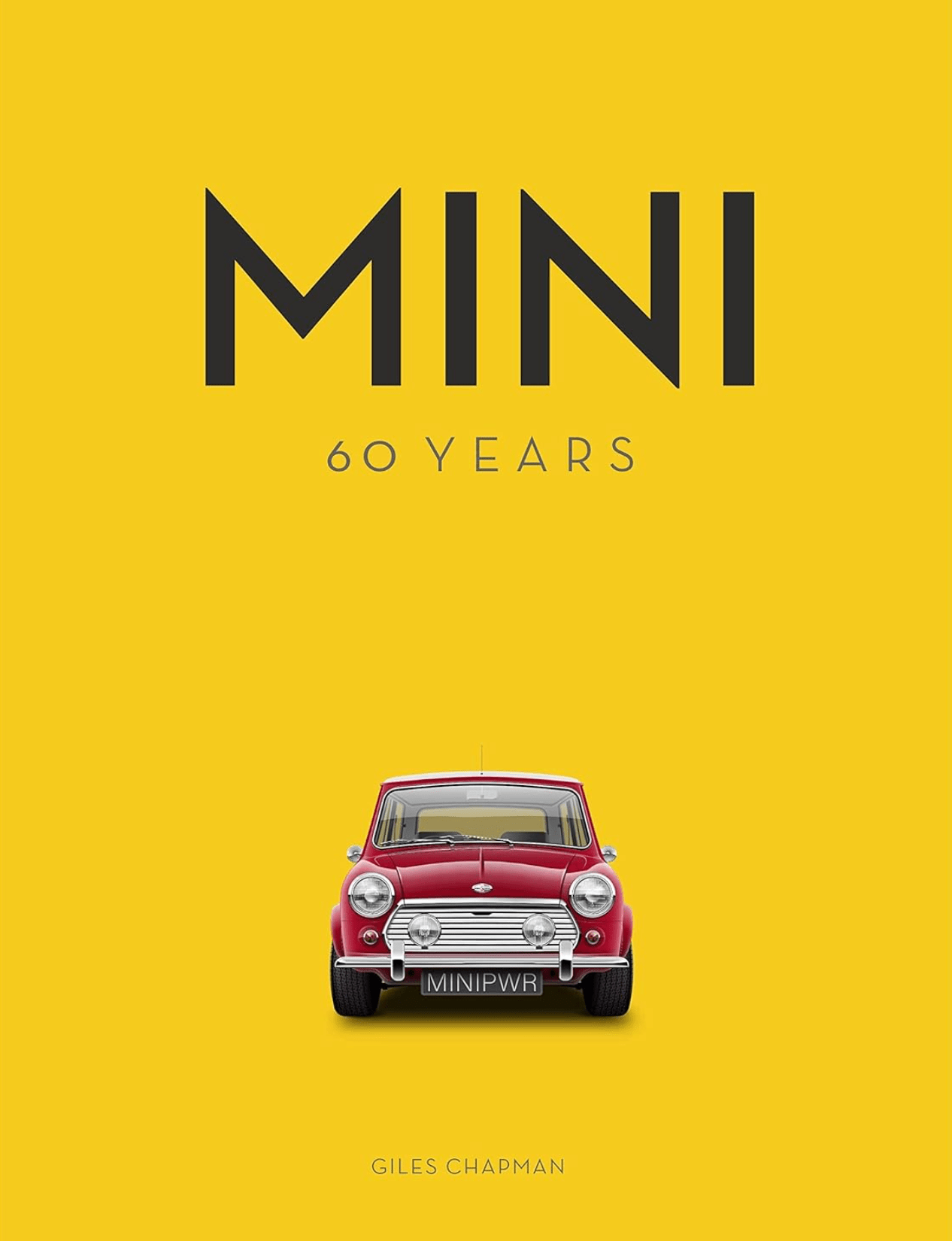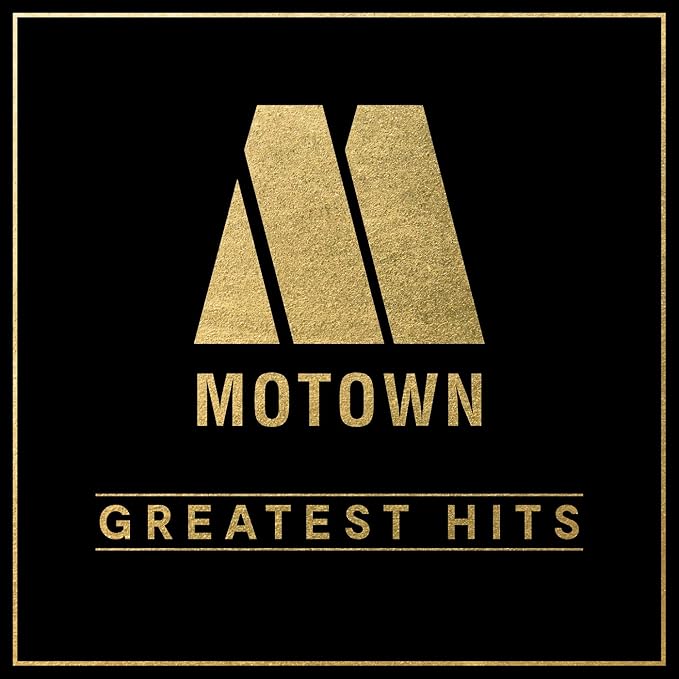1. Introduction
The Black and White Minstrel Show is a classic British TV programme that debuted in 1958. It was a variety show that combined music, comedy, and dance acts, featuring an all-white cast performing in blackface. Despite being popular during its time, the show has garnered controversy and criticism in later years due to its racially insensitive nature.
2. Background
The Black and White Minstrel Show was created by a talented team of producers and creators. George Mitchell, who originally appeared as a performer in the show, took on the role of producer and eventually became the face of the programme. Mitchell was joined by George Inns, a seasoned music hall performer, and Edward Amoore, a television executive. These individuals were responsible for bringing the show to life and shaping its format.
3. Plot and Format
The Black and White Minstrel Show followed a variety show format that was popular at the time. Each episode featured a range of musical performances, comedy sketches, and dance acts. The performers would dress in blackface, imitating African-American styles of music and entertainment. The programme often showcased popular songs from the United States, including spirituals, gospel songs, and ragtime tunes.
4. Cast and Characters
The show prominently featured the “Minstrels,” a group of white male singers and dancers dressed in blackface. The original Minstrels were lead by the charismatic George Mitchell, who became a fan favorite on the show. Other key cast members included John Boulter, Dai Francis, Tony Mercer, and Les Rawlings.
Throughout its run, The Black and White Minstrel Show welcomed several guest stars. Notable contributors included popular British comedians like Dick Emery and Les Dawson, alongside renowned music artists such as Sandie Shaw and Tom Jones. These guest stars added diversity to the show and brought their own unique talents to the stage.
5. Reception
During its time on the air, The Black and White Minstrel Show was a massive success, drawing in millions of viewers each week. It received positive reviews for its lively performances and entertaining variety acts. The show won numerous accolades, including the prestigious Golden Rose of Montreux award in 1961. Audiences found delight in the catchy songs, energetic dances, and comedic sketches, making the show a beloved fixture in many households.
However, as societal attitudes regarding race and cultural sensitivity evolved, The Black and White Minstrel Show faced increasing criticism. The portrayal of white performers in blackface and the caricaturization of African-American culture became increasingly problematic. By the late 1960s, the show was facing protests and calls for its cancellation.
6. Legacy
The Black and White Minstrel Show is remembered as both a beloved and controversial television programme. Its legacy is one of mixed emotions. On one hand, it was a pioneer in variety entertainment, attracting large audiences and influencing future shows. It played a significant role in British television history, paving the way for other programmes to explore diverse musical genres and comedy acts.
Despite this influence, the show’s racial insensitivity has tarnished its reputation. As societal awareness of racial stereotypes increased, The Black and White Minstrel Show was regarded as offensive and racist. The show was eventually canceled in 1978, and its content is now considered unacceptable in today’s cultural landscape.
7. Conclusion
The Black and White Minstrel Show stands as a testament to the changing times and shifting values in television history. While it was once embraced as light-hearted entertainment, the show’s reliance on racial stereotypes now renders it highly controversial. Consequently, it is remembered as a relic of a bygone era, both for its contributions to variety entertainment and as an example of racial insensitivity.












